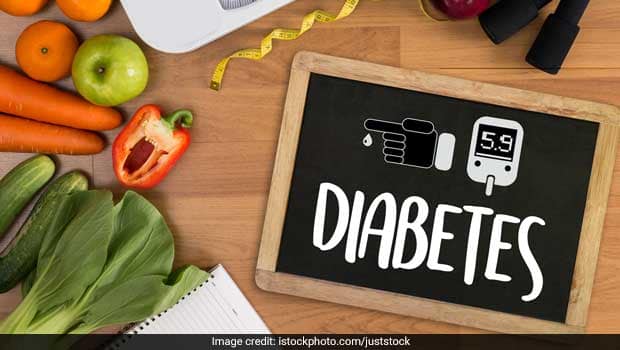
- Type-2 diabetes is most often diagnosed in middle age or later
- Early detection of diabetes which will help in seeking treatment on time
- Signs of adult diabetes can be in the blood from a young
Type-2 diabetes is the most common type of diabetes which affects a huge population. It restricts your body from using insulin correctly and creates insulin resistance. Type-2 diabetes is most often diagnosed in middle age or later, with its symptoms slowly developing over many years. A study claims that early signs of adulthood type-2 diabetes can be seen in children as young as 8 years old. This can help in early detection of diabetes which will help in seeking treatment on time. The research was conducted among young healthy people who were generally free of type 2 diabetes and other chronic diseases to see how early in life the effects of diabetes susceptibility become visible.
"It's remarkable that we can see signs of adult diabetes in the blood from such a young age, this is about 50 years before it's commonly diagnosed. This is not a clinical study; nearly all participants were free of diabetes and most will not go on to develop it. This is about liability to disease and how genetics can tell us something about how the disease develops," said study researcher Joshua Bell from the University of Bristol in the UK.

Sign of type-2 diabetes are visible in children
Photo Credit: iStock
The study tracked over 4,000 participants of the Children of the 90s study, a birth cohort established in Bristol in the early 1990s. The researchers combined genetics with an approach called 'metabolomics', which involves measuring many small molecules in a blood sample to try and identify patterns that are unique to type 2 diabetes.
Also read: Diabetes Diet: Can Diabetics Eat Fruits? Know Tips To Choose The Right Fruits
According to the findings, the research team analysed 162 pieces of genetic information and combined this with 200 measures of many small molecules in a blood sample, known as metabolics, to identify signs of type 2 diabetes.
Data was taken once in childhood at 8 years old, twice in adolescence aged 16 and 18 years and once in young adulthood aged 25 years. They found levels of HDL cholesterol were reduced at age 8, while inflammatory glycoprotein acetyls and amino acids were elevated in 16 and 18-year-old teenagers. These metabolic features could be targeted to prevent young people from going on to develop type-2 diabetes in the future, the researchers said.
Also read: Diabetes: These Leaves Can Lower Your Blood Sugar Levels Effectively; Learn How To Use Them

Type-2 diabetes does not allow the body to use insulin correctly
Photo Credit: iStock
What are the early signs of type-2 diabetes?
Early diagnosis can help in better treatment of type-2 diabetes. It can help you control the condition on time and reduce the complication of diabetes. Listed below are the early signs and symptom of type-2 diabetes.
- Frequent urination
- Increased hunger
- Constant tiredness and fatigue
- Blurred vision
- Always feeling thirsty
- Slow healing of wounds
- Dark patched on skin
- Frequent infections
Also read: Diabetes Diet: Know How Many Almonds You Should Eat To Lower Blood Sugar Levels
(With inputs from IANS)
Disclaimer: This content including advice provides generic information only. It is in no way a substitute for qualified medical opinion. Always consult a specialist or your own doctor for more information. NDTV does not claim responsibility for this information.
Track Latest News Live on NDTV.com and get news updates from India and around the world

